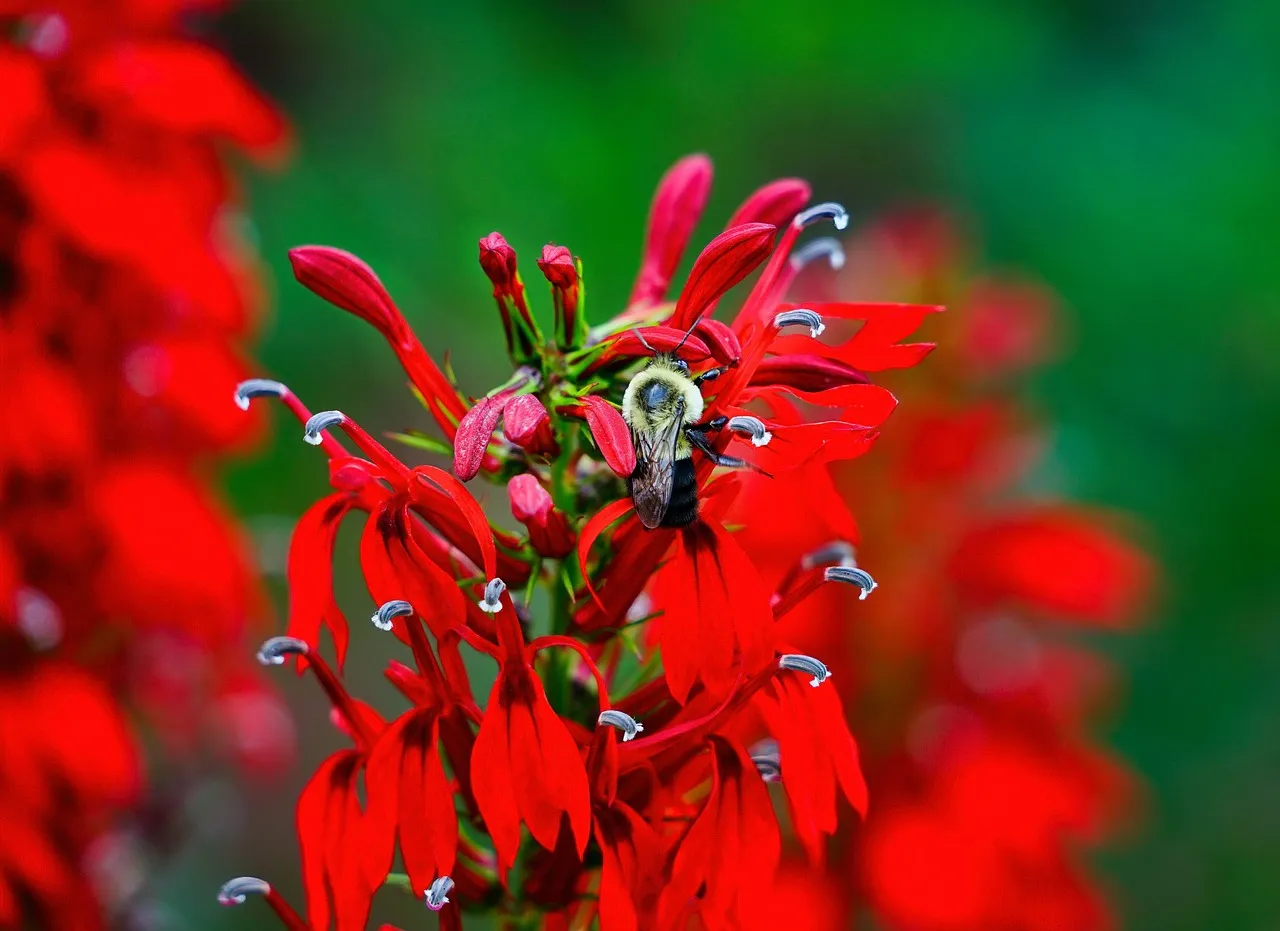Welcome to our comprehensive guide on growing Lobelia on your balcony, where we will take you through the steps to achieve gardening success with this vibrant and versatile plant. Lobelia is a stunning flowering plant known for its brilliant colors and delicate blooms, making it a perfect addition to any balcony garden. Whether you are an experienced gardener looking to add some new charm to your outdoor space or a beginner eager to embark on a green journey, this guide will provide you with all the essential information, tips, and tricks to nurture your Lobelia plants and create a flourishing balcony garden that will leave everyone in awe. So, roll up your sleeves and let’s dive into the world of growing Lobelia for a rewarding and beautiful balcony gardening experience.
The Best Lobelia Varieties for Balcony Gardens:
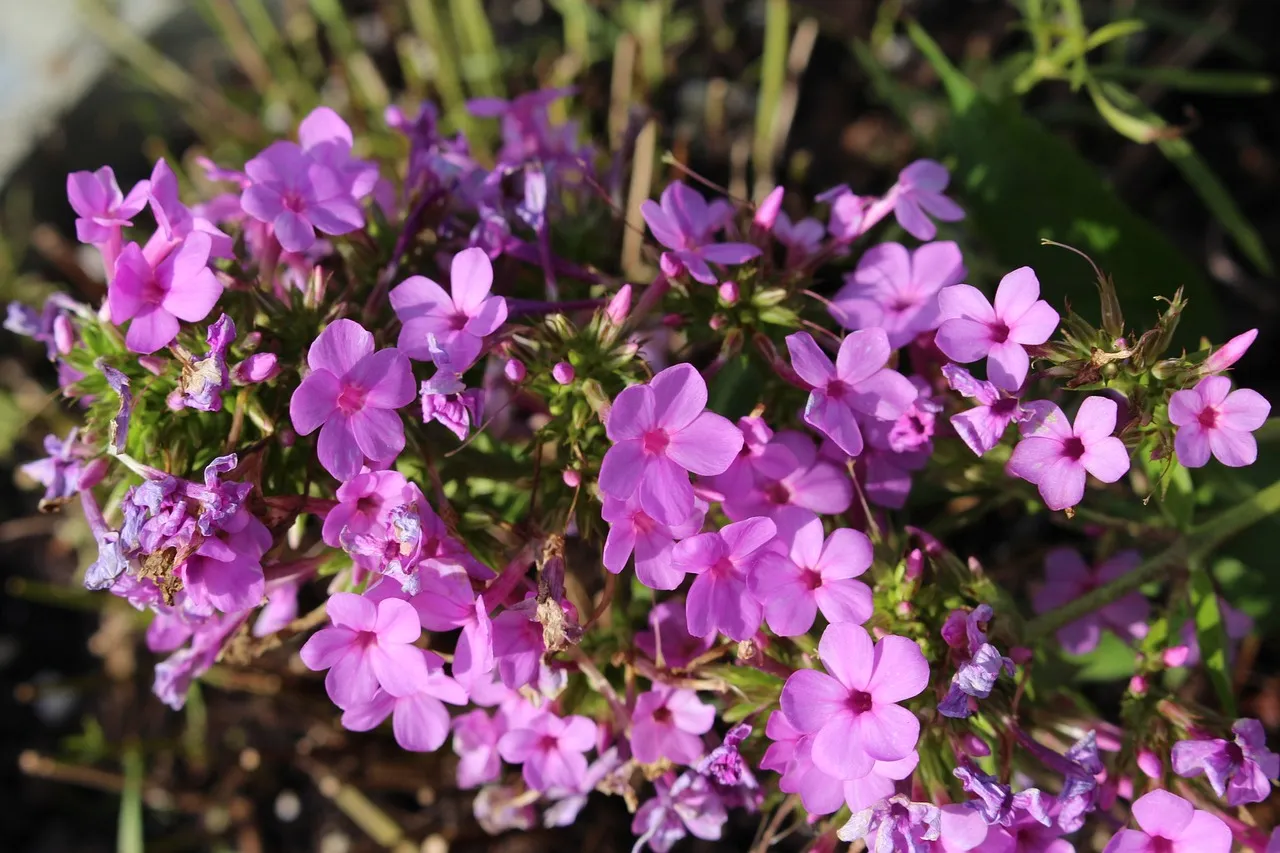
When it comes to growing Lobelia on your balcony, the first step is choosing the right varieties. There is a wide range of stunning Lobelia varieties available, each offering unique colors and characteristics that can add a burst of beauty to your outdoor space all year round. Some popular varieties include Lobelia erinus, known for its delicate and vibrant blue, purple, and white flowers, and Lobelia cardinalis, which features striking red blooms that attract pollinators like hummingbirds. Lobelia speciosa, with its tall spires of flowers in shades of pink, blue, and white, is also a popular choice for balcony gardens. By exploring the different Lobelia varieties, you can find the perfect ones that suit your balcony’s size, lighting conditions, and aesthetic preferences, ensuring a visually appealing and successful balcony garden.
Lobelia erinus:
Lobelia erinus, commonly known as edging lobelia, is a popular choice for balcony gardens due to its compact and trailing growth habit. This low-growing variety features delicate, dainty flowers in shades of blue, purple, pink, and white, creating a beautiful cascading display when planted in hanging baskets or containers on your balcony. Lobelia erinus is a cool-season annual, ideal for spring and fall planting, and requires regular watering to keep the soil consistently moist.
Lobelia cardinalis:
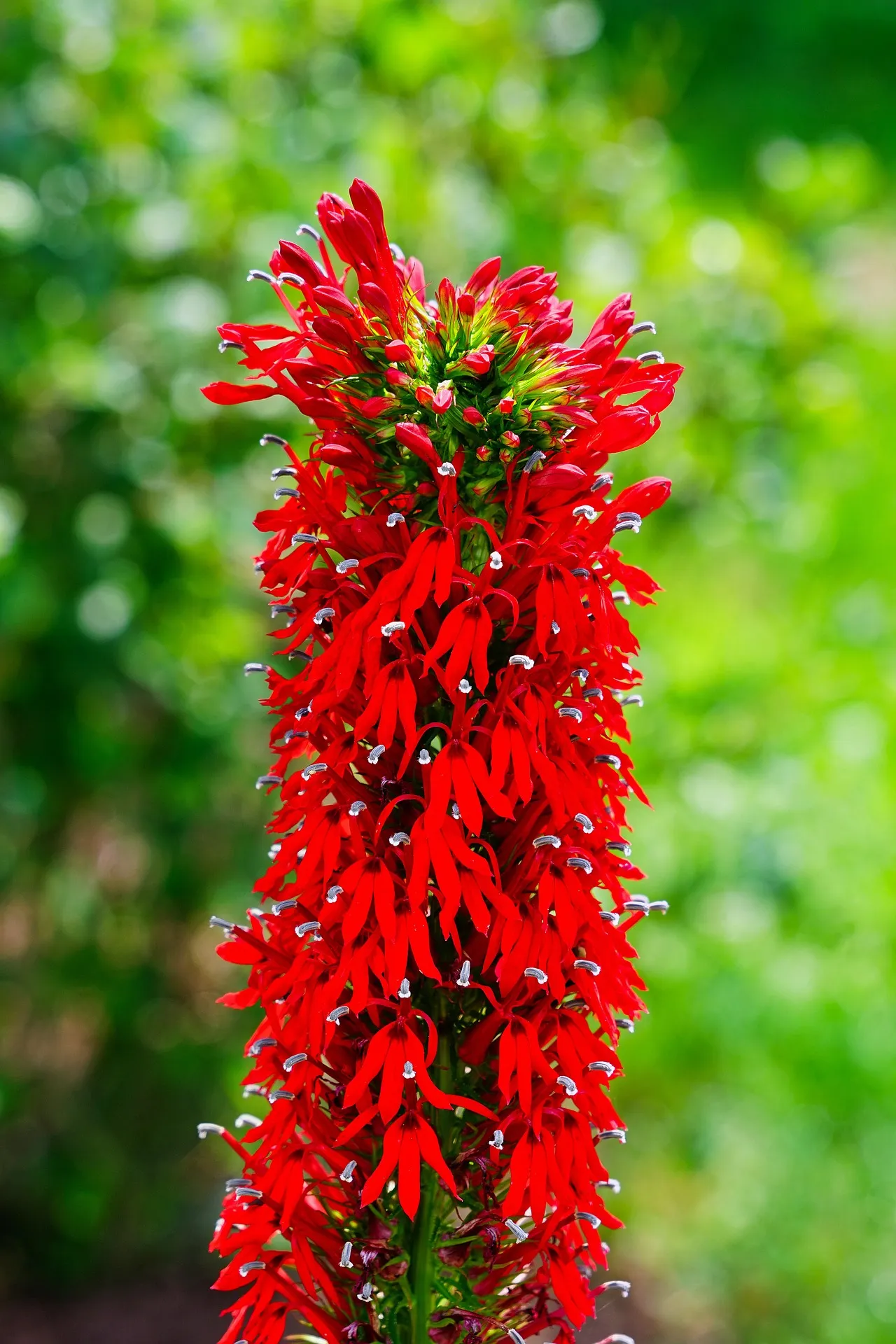
Also known as cardinal flower, Lobelia cardinalis is a striking perennial species with tall spikes of bright red flowers. This native North American plant attracts hummingbirds with its nectar-rich blooms, making it a perfect addition to your balcony garden if you want to enjoy the presence of these delightful pollinators. Lobelia cardinalis prefers partial shade to full sun and thrives in consistently moist soil, making it ideal for planting in containers with adequate drainage.
Lobelia speciosa:
Lobelia speciosa, or fan lobelia, is a versatile perennial that produces dense spikes of flowers in shades of pink, blue, and white. With its upright growth habit, it adds height and texture to balcony gardens, making it an excellent choice for mixed plantings or as a focal point. Lobelia speciosa prefers full sun to partial shade and thrives in well-draining soil. This robust and low-maintenance variety is perfect for beginners and experienced gardeners alike.
Lobelia siphilitica:
The great blue lobelia, Lobelia siphilitica, is a native North American perennial that features tall spikes of vibrant blue flowers. With its upright growth and impressive height, it adds a dramatic touch to balcony gardens. Lobelia siphilitica thrives in moist to wet soil and prefers partial shade to full sun. Its ability to attract butterflies and other pollinators adds to its appeal, making it a valuable addition to your balcony garden ecosystem.
Lobelia laxiflora:
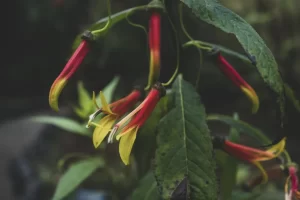
Known as Mexican lobelia, Lobelia laxiflora is a heat-tolerant perennial with loose spikes of tubular flowers in shades of orange and red. This variety is perfect for balcony gardens in warmer climates and adds a splash of warm colors to your outdoor space. Lobelia laxiflora prefers full sun and well-draining soil, and regular deadheading can encourage continuous blooms throughout the growing season.
Lobelia inflata:
Lobelia inflata, or Indian tobacco, is an herbaceous annual known for its medicinal properties. While it may not be a typical choice for ornamental balcony gardens, it can still be an intriguing addition for those interested in herbal remedies. Lobelia inflata has pale violet flowers and is used in herbal medicine for respiratory ailments. However, it’s essential to consult with a qualified herbalist or healthcare professional before using this plant for medicinal purposes.
Lobelia tupa:
Lobelia tupa, or devil’s tobacco, is an eye-catching perennial with tall spikes of tubular flowers in shades of red, orange, and purple. This South American native is a showstopper in balcony gardens, and its unique flowers add a touch of exotic beauty. Lobelia tupa prefers full sun and well-draining soil and can be an attractive focal point in your balcony garden.
Lobelia puberula:
Lobelia puberula, also known as downy lobelia, is a low-growing perennial with hairy leaves and spikes of blue or purple flowers. This native North American plant is an excellent choice for balcony gardens in regions with hot and dry summers, as it is heat and drought-tolerant. Lobelia puberula prefers full sun and well-draining soil and can also attract pollinators like bees and butterflies.
Lobelia urens:
Lobelia urens, or pukeweed, is a European native annual with small white or pale blue flowers. While not commonly grown for ornamental purposes, it has historical medicinal uses. As with Lobelia inflata, it’s essential to seek guidance from a qualified herbalist or healthcare professional before using this plant for any medicinal purposes.
Lobelia chinensis:
Lobelia chinensis, also known as Chinese lobelia, is an annual plant with bright blue flowers and delicate green foliage. It adds a touch of elegance and grace to balcony gardens and pairs well with other flowering plants in mixed container plantings. Lobelia chinensis thrives in full sun and well-draining soil, and regular deadheading can encourage prolonged blooming.
By exploring the different types of Lobelia plants, you can choose the varieties that best suit your balcony’s growing conditions and design preferences. Whether you prefer the trailing charm of Lobelia erinus, the dramatic spikes of Lobelia cardinalis, or the exotic beauty of Lobelia tupa, each variety brings its unique allure to your balcony garden.
Choosing the Right Balcony Location for Lobelia:
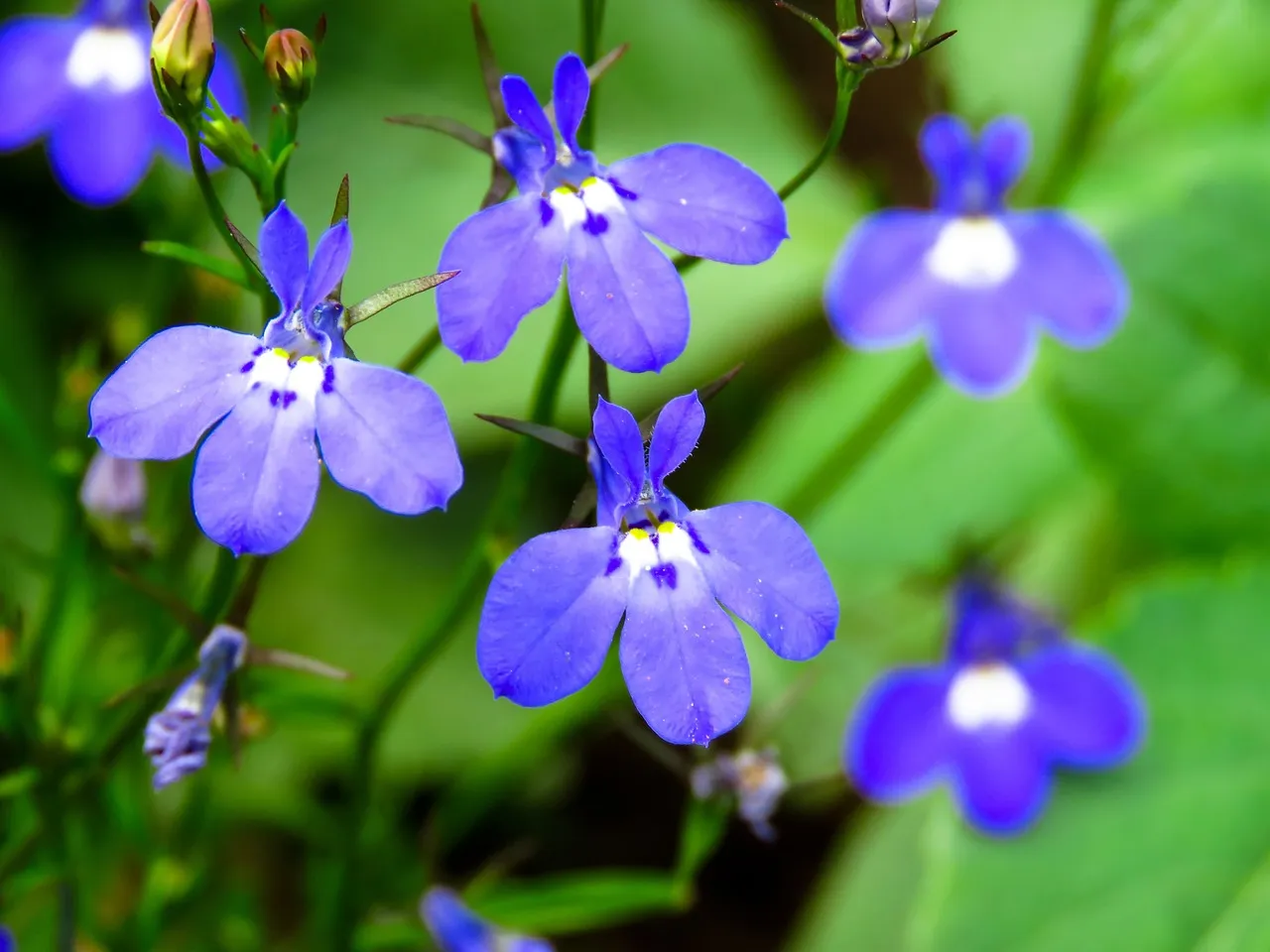
The success of your Lobelia plants largely depends on their location on your balcony. Lobelia thrives in bright, indirect sunlight, making it essential to choose the right spots where they can receive sufficient light without being exposed to harsh direct sunlight, which can lead to wilting and scorching of the delicate blooms. Observe your balcony throughout the day to identify areas with the ideal lighting conditions. South or west-facing balconies typically receive more sunlight, while north or east-facing balconies offer milder sunlight exposure. Consider placing your Lobelia in spots that are sheltered from strong winds, as excessive wind can damage the tender stems and flowers. By carefully selecting the right balcony location for your Lobelia, you can provide them with the optimal conditions they need to thrive and flourish throughout the growing season.
Essential Tools and Equipment for Successful Lobelia Gardening:
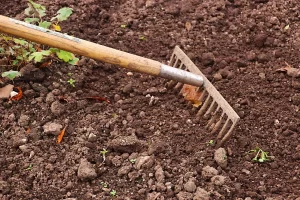
To ensure a smooth and successful Lobelia growing journey, having the right tools and equipment is crucial. Whether you’re a seasoned gardener or a beginner, these essential tools will make your gardening tasks more manageable and enjoyable. Some of the must-have tools include a quality gardening trowel for planting and transplanting, a sturdy watering can or hose for proper hydration, and a pair of pruning shears to trim back faded blooms and maintain the plant’s shape. Additionally, a good-quality potting mix and fertilizers tailored for flowering plants will provide your Lobelia with the nutrients they need to thrive. As you embark on your balcony gardening adventure, investing in these essential tools and equipment will not only simplify your tasks but also contribute to the overall health and success of your Lobelia plants.
How to Plant Lobelia Seeds:
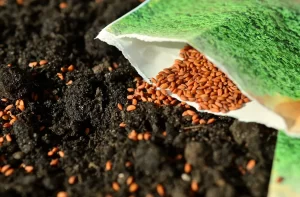
Planting Lobelia from seeds is a rewarding and budget-friendly way to start your balcony garden. To begin, select high-quality Lobelia seeds from a reputable supplier, ensuring they are fresh and viable. Since Lobelia seeds are tiny, it’s essential to handle them with care during planting. Fill small seed trays or seed-starting pots with a well-draining potting mix, and lightly press the seeds into the surface of the soil. Avoid covering the seeds with too much soil, as they require light to germinate. Mist the soil surface gently to moisten it without washing away the seeds. Place the seed trays in a warm and bright location, maintaining a consistent temperature of around 70°F (21°C). Be patient, as Lobelia seeds can take up to two weeks to germinate. As the seedlings grow, transplant them into larger containers or hanging baskets, allowing enough space for their roots to spread. With proper care and attention, your Lobelia seedlings will develop into healthy and vibrant plants, gracing your balcony with their colorful blooms.
The Art of Lobelia Care:
Nurturing Lobelia flowers to their complete ability requires a touch of gardening finesse. Proper care and interest are vital to make sure they produce an abundance of lovely blooms in the course of the developing season. One of the critical factors of Lobelia care is watering. These flora select continually moist but not waterlogged soil. Regular watering is vital, mainly in the course of hot and dry intervals. Avoid letting the soil dry out completely between watering, as Lobelia is touchy to drought. Deadheading, the process of casting off spent flora, encourages the plant to supply more blooms and allows maintain its tidy look. Additionally, feeding Lobelia with a balanced liquid fertilizer once a month for the duration of the developing season will offer them with the essential nutrients to flourish. While Lobelia is tremendously low-protection, it’s critical to keep a watch out for pests and illnesses, as they can affect the plant’s fitness. By following these care guidelines and strategies, you could grasp the artwork of nurturing your Lobelia plant life, main to a balcony lawn full of vibrant and healthful blooms.
Propagating Lobelia:
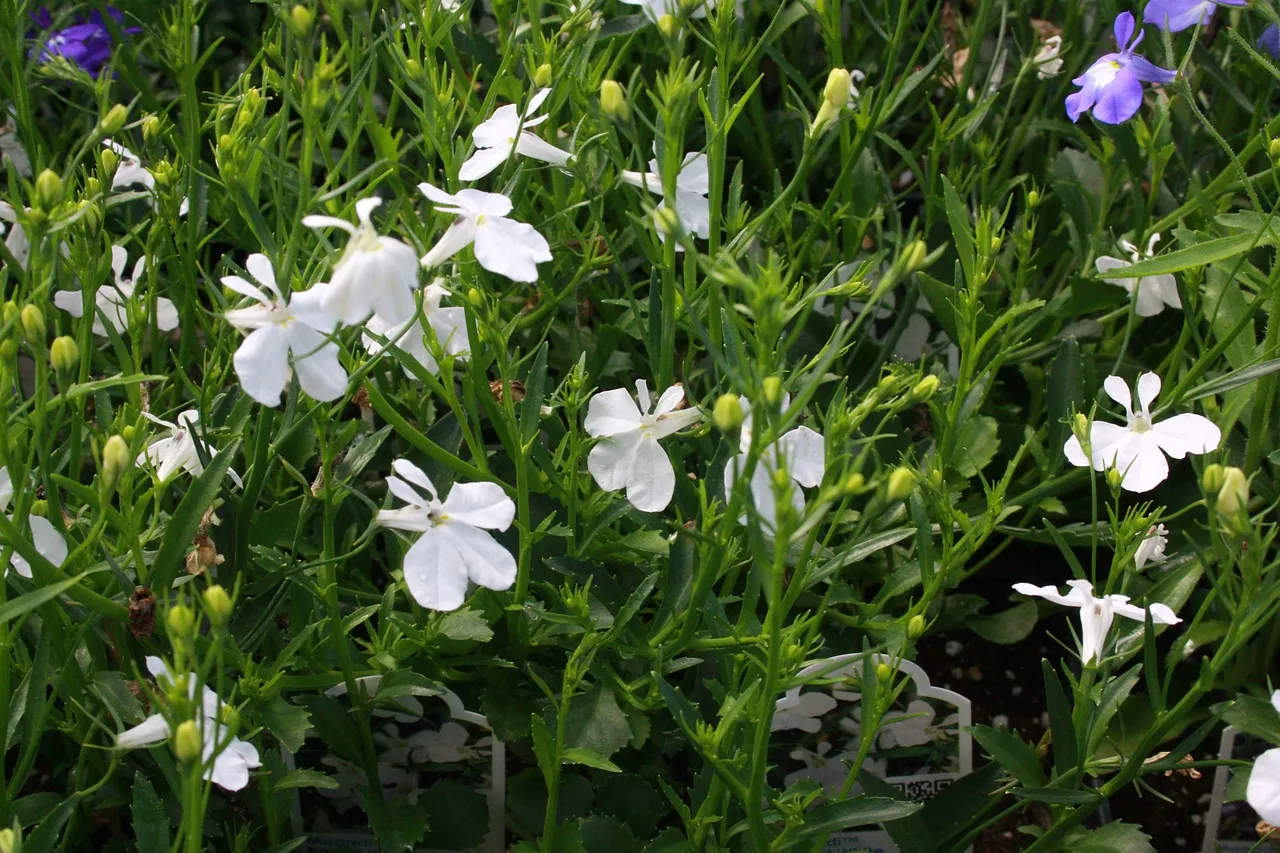
Propagating Lobelia is an thrilling manner to enlarge your balcony lawn and share its splendor with cherished ones. While typically grown from seeds, cuttings provide another effective technique. Select a wholesome Lobelia plant and take a three-four inch slicing from a non-flowering stem. Remove lower leaves, dip the cut end in rooting hormone powder, and plant it in moist potting blend. Cover with plastic for a humid surroundings. Place in a warm, brilliant spot, faraway from direct daylight. After a few weeks, the cutting have to broaden roots. Transplant it into a bigger box or putting basket to experience Lobelia’s splendor in numerous corners of your balcony.
Balcony Garden Design with Lobelia:
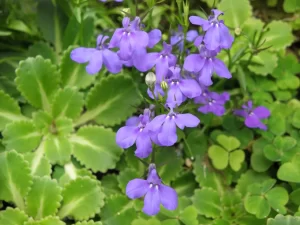
Creating a visually appealing balcony garden with Lobelia involves thoughtful design and careful selection of plants and containers. Whether you prefer a colorful and vibrant display or a more serene and harmonious arrangement, incorporating Lobelia into your balcony garden design can transform your outdoor space into a breathtaking oasis. When planning your balcony garden, consider the size and layout of your balcony, the amount of sunlight it receives, and your preferred gardening style. For a symmetrical look, place containers of Lobelia on each side of the balcony entrance or railings. To create a cascading effect, choose hanging baskets of Lobelia to adorn the edges of your balcony. Combining Lobelia with other flowering plants like petunias, geraniums, or alyssums can create a stunning floral tapestry that will delight your senses. Remember to use containers of varying heights to add dimension to your balcony garden. With careful planning and creative ideas, you can design a balcony garden that showcases the beauty of Lobelia while complementing your balcony’s unique style and setting.
Companion Plants for Lobelia:
Pairing Lobelia with the right companion plants can enhance its beauty and benefit your balcony garden ecosystem. Companion planting involves strategically placing plants together to maximize their growth and help each other thrive. When choosing companion plants for Lobelia, consider those that have similar growing requirements, such as light, water, and soil preferences. Popular companion plants for Lobelia include petunias, which come in various colors and bloom profusely alongside Lobelia, creating a vibrant and eye-catching display.
Its delicate white or purple flowers create a soft and charming contrast. Marigolds, with their bright and sunny blooms, can add a pop of color to your Lobelia arrangements. When paired with pollinator-attracting plants like salvia or lavender, Lobelia can attract beneficial insects like butterflies and bees to your balcony garden. By thoughtfully selecting companion plants for Lobelia, you can create a harmonious and thriving ecosystem that enhances the beauty and health of your balcony garden.
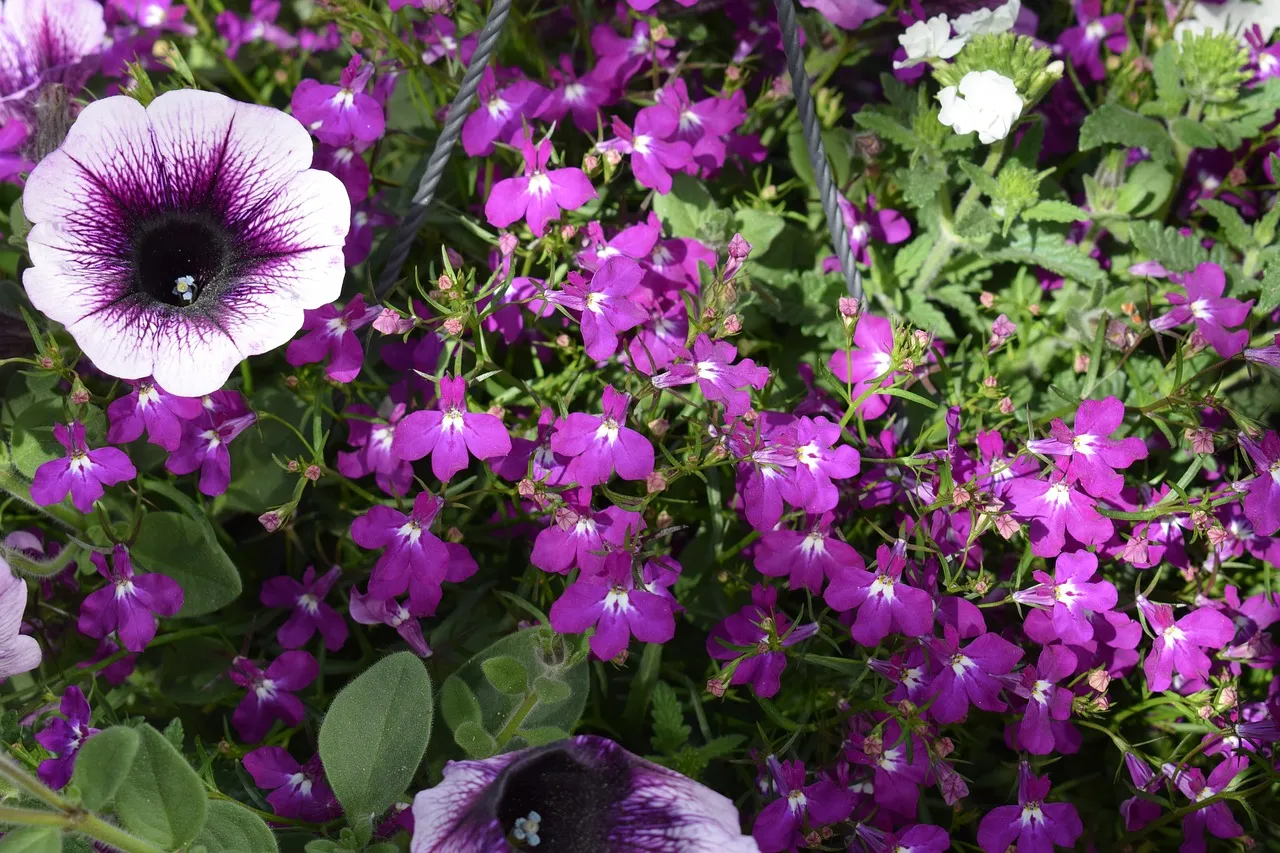
Troubleshooting Common Lobelia Growing Problems:
Despite its relatively easy care requirements, Lobelia can sometimes face challenges that affect its growth and health. Identifying and addressing these common issues promptly is crucial to ensuring your Lobelia plants remain vibrant and blooming. One common problem faced by Lobelia is overwatering, which can lead to root rot and wilting. On the other hand, underwatering can cause the plants to dry out and become stressed. Strike a balance between the two, providing consistent moisture to the soil without waterlogging it. Pests like aphids and slugs can also pose a threat to Lobelia plants, sucking sap or munching on the leaves. Keep an eye out for any signs of pests and take appropriate measures to control them, such as using organic insecticidal soaps or creating physical barriers. Another issue that may arise is yellowing leaves, which could be a sign of nutrient deficiency or poor soil drainage. Address these issues promptly by feeding your Lobelia with balanced fertilizers and ensuring proper soil drainage. By proactively troubleshooting and resolving these common problems, you can ensure your Lobelia plants remain healthy and flourishing throughout the growing season.
Attracting Wildlife with Lobelia:
One of the joys of growing Lobelia on your balcony is its ability to attract and support various forms of wildlife. Pollinators like butterflies, bees, and hummingbirds are naturally drawn to Lobelia’s vibrant and nectar-rich blooms. Butterflies, with their graceful and fluttering presence, add a touch of magic to your balcony garden, while bees play a vital role in pollinating other plants, contributing to the overall health of your garden ecosystem. Hummingbirds, with their iridescent colors and hovering flight, are a delight to watch as they sip nectar from Lobelia’s tubular flowers. Creating a wildlife-friendly balcony garden with Lobelia involves planting a variety of nectar-rich flowers that bloom throughout the season, providing a continuous food source for these beneficial creatures. Besides Lobelia, consider including other pollinator-attracting plants like bee balm, lavender, and zinnias in your garden. By attracting wildlife to your balcony, you not only contribute to the conservation of these essential creatures but also create a living and dynamic garden that buzzes with life.
Seasonal Care: Lobelia for All Seasons:
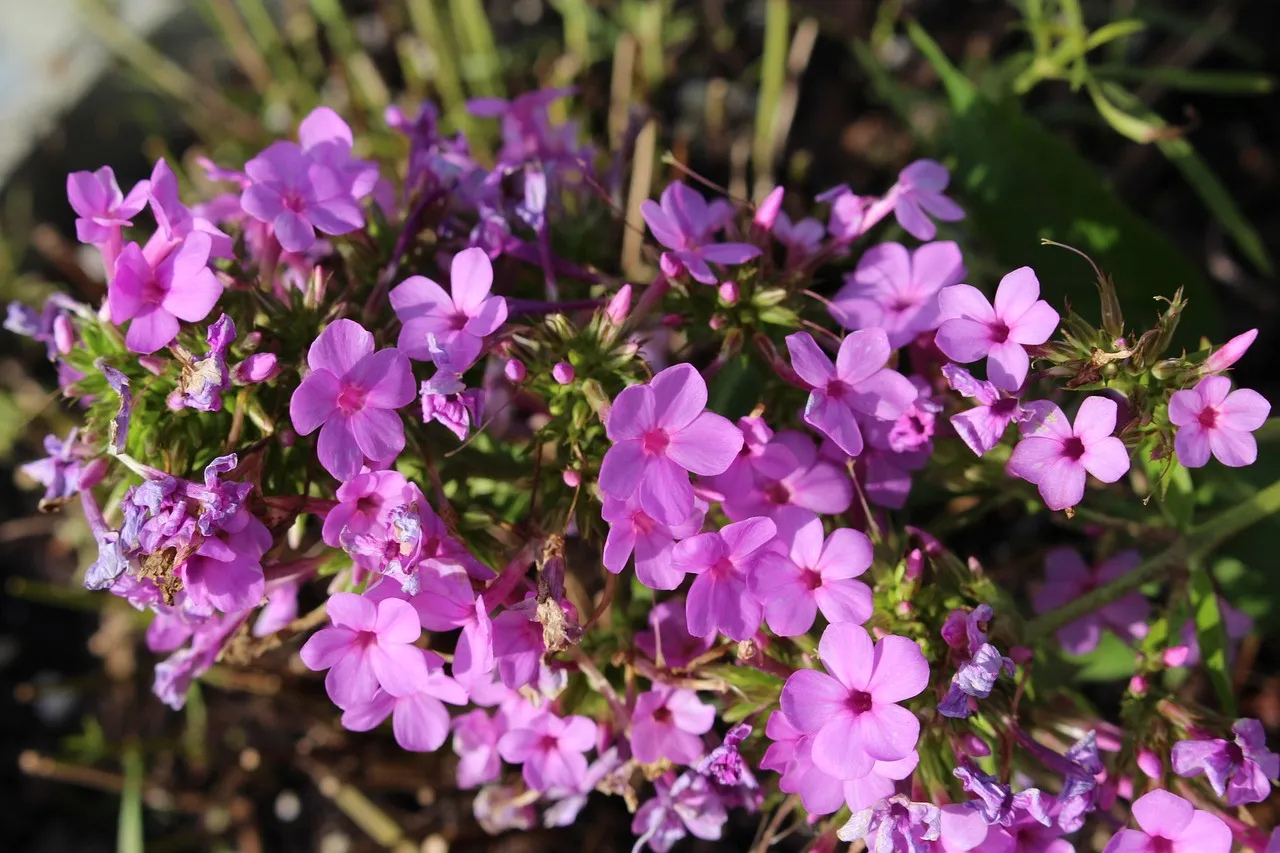
To ensure your Lobelia plants thrive and produce a profusion of blooms all year round, it’s crucial to provide them with the right care and attention throughout the seasons. Lobelia is a cool-season annual or perennial, depending on the variety, and its growing requirements may vary depending on your region’s climate. In cooler climates, Lobelia performs best during the spring and fall when temperatures are mild. During the summer, provide your Lobelia with protection from the scorching heat and excessive sunlight, as it prefers cooler conditions. In warmer climates, growing Lobelia during the fall and winter can yield the best results. During the colder months, you can also grow Lobelia indoors as a charming houseplant. Regularly monitor your Lobelia plants throughout the seasons, adjusting your care routine as needed to ensure they remain healthy and blooming. With careful attention to seasonal care, you can enjoy the beauty of Lobelia in your balcony garden all year round.
Tips for Extending Lobelia’s Blooming Season:
One of the joys of growing Lobelia is its profuse and colorful blooms. By implementing some smart gardening practices, you can extend Lobelia’s blooming season, ensuring your balcony garden remains vibrant and lively for longer periods. Deadheading, the process of removing faded flowers, is a simple but effective way to encourage your Lobelia to produce more blooms continuously. Regular deadheading prevents the plants from directing their energy towards seed production and instead promotes the growth of new flower buds. Additionally, providing consistent moisture and fertilizing Lobelia throughout the growing season can boost their blooming performance. During periods of extreme heat, providing partial shade or misting the plants can help them stay cool and continue blooming. Finally, consider growing Lobelia varieties that are known for their extended blooming periods, such as Lobelia speciosa or Lobelia x gerardii. By incorporating these tips into your gardening routine, you can enjoy the vibrant display of Lobelia flowers on your balcony for an extended period, adding cheer and beauty to your outdoor space.
Balcony Gardening with Limited Space:
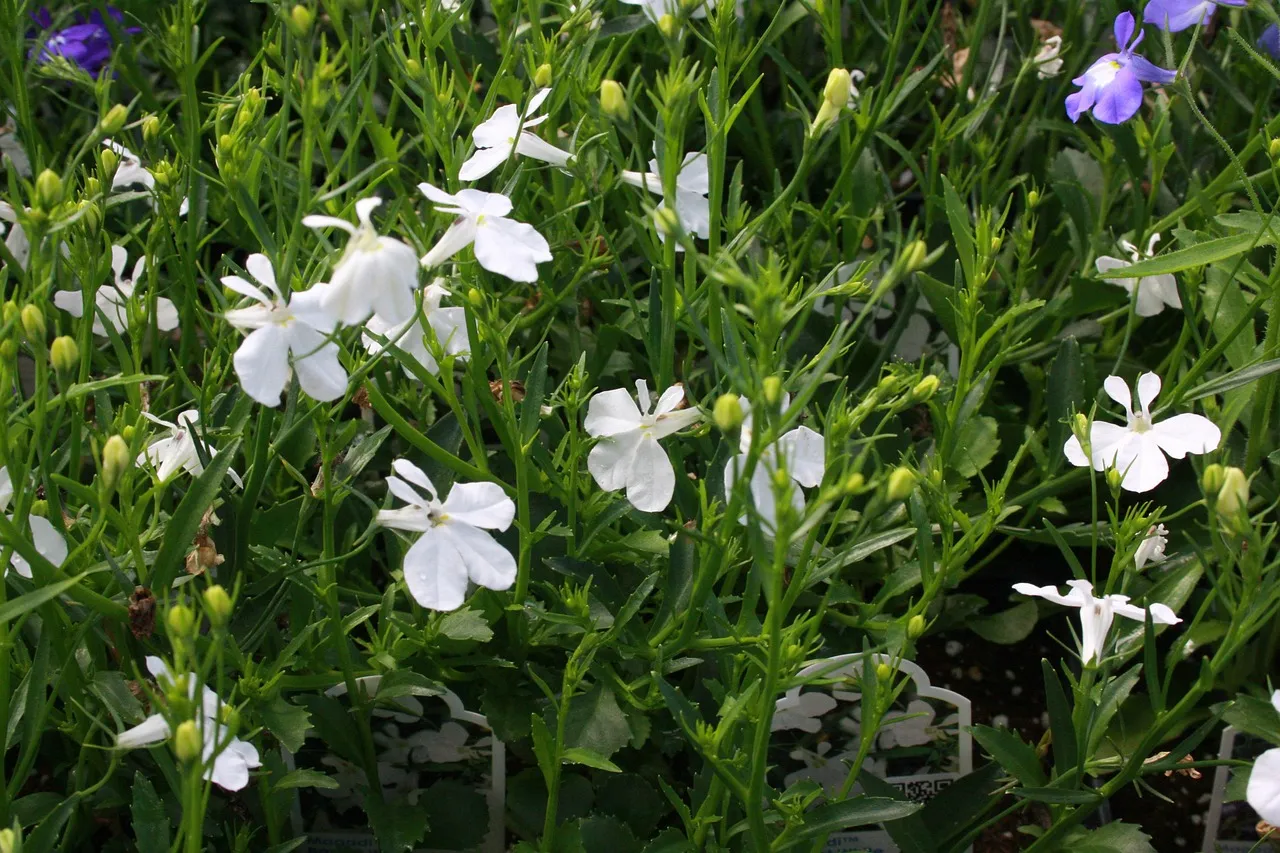
If you have a small balcony or limited gardening space, don’t let that deter you from growing Lobelia and creating a stunning outdoor oasis. Balcony gardening with limited space requires careful planning and creativity to make the most of the available area. Vertical gardening is an excellent technique for maximizing space on a small balcony. Consider using wall-mounted planters, hanging baskets, or trellises to grow Lobelia vertically, allowing other plants to share the same space below. Utilize railing planters and window boxes to add layers of greenery and color. Compact and trailing Lobelia varieties are perfect for small spaces, as they won’t overwhelm the area while still offering a burst of color. Planting in tiered containers or shelves can also help create a lush and inviting garden in a limited space. By exploring various balcony gardening ideas and being resourceful with your space, you can create a charming and flourishing garden filled with Lobelia’s beauty, even on a compact balcony.
Incorporating Lobelia in Vertical Gardening:
Vertical gardening has gained popularity for its space-saving benefits and eye-catching appeal. Incorporating Lobelia into your vertical garden design can elevate the beauty of your balcony and add a sense of charm to your outdoor space. When designing a vertical garden, consider using wall-mounted planters or living walls to showcase Lobelia’s cascading blooms. Choose a mix of Lobelia varieties with different colors and growth habits to create a captivating tapestry of textures and hues. Combine Lobelia with other trailing plants like ivy, nasturtiums, or creeping jenny to create a lush and visually striking display. Vertical gardening with Lobelia also allows you to explore creative designs and patterns, such as using the planters to spell out words or create artistic shapes. By incorporating Lobelia into your vertical garden, you can transform your balcony walls into a living and enchanting masterpiece that will be the envy of all who see it.
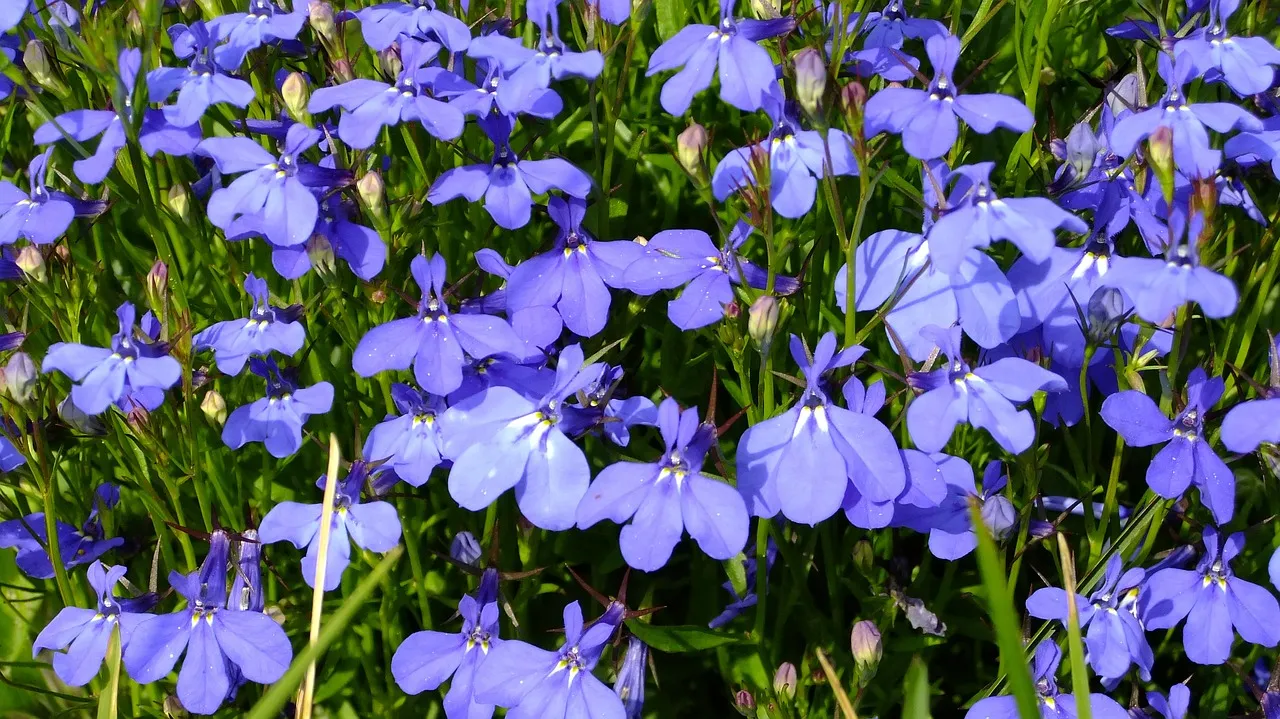
Lobelia’s Healing and Medicinal Properties:
Beyond its ornamental beauty, Lobelia has a lesser-known aspect that adds an intriguing dimension to your balcony garden—the plant’s healing and medicinal properties. Lobelia has a long history of medicinal use by indigenous peoples and traditional herbalists. Certain Lobelia species, such as Lobelia inflata, have been used in herbal remedies to ease respiratory conditions like asthma and bronchitis. The plant contains alkaloids that have a relaxing effect on the respiratory system, making it valuable in supporting lung health. However, it’s essential to note that Lobelia’s medicinal use should only be done under the guidance of a qualified herbalist or healthcare professional, as improper use can lead to side effects. While primarily grown for its beauty, the knowledge of Lobelia’s healing properties can add a fascinating layer to your balcony gardening experience, reminding you of the rich history and diversity of this plant.
Conclusion:
In conclusion, growing Lobelia on your balcony can be a fulfilling and rewarding experience. By exploring the best Lobelia varieties, choosing the right balcony location, using essential tools and equipment, and learning how to plant Lobelia seeds, you can lay the foundation for a successful balcony garden. Mastering the art of Lobelia care, propagating the plant, and incorporating it into your balcony garden design will further enhance the beauty and appeal of your outdoor space. By discovering companion plants, troubleshooting common issues, attracting wildlife, and providing seasonal care, you can ensure your Lobelia thrives and blooms all year round. With tips for extending the blooming season, managing limited gardening space, and embracing vertical gardening, you can transform your balcony into a breathtaking oasis filled with the vibrancy of Lobelia. Lastly, uncovering Lobelia’s healing and medicinal properties adds an intriguing aspect to your gardening journey. By combining knowledge, creativity, and care, you can cultivate a thriving and enchanting balcony garden with Lobelia, bringing joy and beauty to your outdoor living space.
Most Frequently Asked Questions on Lobelia:
Can I grow Lobelia on a small balcony with limited sunlight?
Absolutely! Lobelia is a versatile plant that can adapt to various lighting conditions. While it prefers bright, indirect sunlight, it can also thrive in partial shade. If your balcony receives limited sunlight, consider choosing shade-tolerant varieties like Lobelia speciosa or Lobelia puberula. These species can still produce beautiful blooms and add charm to your balcony garden even with less direct sunlight.
How often should I water my Lobelia plants?
Lobelia thrives in consistently moist soil without becoming waterlogged. The watering frequency depends on weather, humidity, and container type. Check the soil regularly, watering when the top inch feels dry. In hot summers, increase watering to prevent soil from drying out entirely.
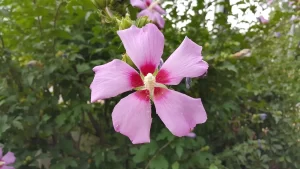
Can I grow Lobelia from seeds, or is it better to buy established plants?
Both options are viable, but growing Lobelia from seeds can be a rewarding experience. Lobelia seeds are small and delicate, so take care when sowing them. Start the seeds indoors or in a seed tray and transplant the seedlings once they are established. Alternatively, you can purchase pre-grown Lobelia plants from nurseries or garden centers if you want to skip the seed-starting process.
How do I deadhead Lobelia flowers to encourage more blooms?
Deadheading, the process of removing spent flowers, is essential to encourage continuous blooming in Lobelia plants. As soon as the flowers begin to fade, pinch or snip off the old blooms just above the stem. This practice redirects the plant’s energy towards producing new flower buds, resulting in a longer blooming season and a more visually appealing balcony garden.
Can I grow Lobelia in hanging baskets?
Absolutely! Lobelia is a fantastic choice for hanging baskets, as its trailing growth habit creates a stunning cascade of colors. When planting Lobelia in hanging baskets, ensure the container has good drainage and use a high-quality potting mix. Place the hanging baskets in a location that receives the right amount of sunlight and water them regularly to maintain consistent moisture.
How can I attract butterflies and hummingbirds to my Lobelia plants?

Lobelia’s tubular flowers are magnets for butterflies and hummingbirds, making them a delightful addition to any balcony garden. To attract these pollinators, plant a variety of nectar-rich flowers in your garden. In addition to Lobelia, consider adding other flowering plants like salvia, bee balm, and petunias. Providing a water source, such as a shallow birdbath, can also attract butterflies and other wildlife to your balcony oasis.
Can Lobelia be grown indoors as a houseplant?
Yes, certain Lobelia varieties can be grown indoors as charming houseplants. Choose compact and well-behaved varieties like Lobelia erinus or Lobelia chinensis, and place them in a location with bright, indirect sunlight. Keep the soil consistently moist, and ensure the container has good drainage to prevent waterlogging. Lobelia’s beautiful blooms will add a touch of nature and color to your indoor living spaces.
How do I fertilize my Lobelia plants?
Proper fertilization is important for Lobelia’s healthful increase and blooming. Apply a balanced, water-soluble fertilizer as soon as a month at some stage in the growing season. Follow the manufacturer’s commands for dilution and application. Avoid over-fertilizing, as it may promote immoderate foliage increase, compromising blooming.
What should I do if my Lobelia plants become leggy?
Leggy Lobelia plants with excessive stem growth and few blooms can occur if they are not receiving enough sunlight. To prevent legginess, ensure your Lobelia gets enough bright, indirect sunlight. Pinching back the stems can also help promote bushier growth and encourage more flowers. Additionally, avoid overcrowding your containers, as this can lead to competition for sunlight and result in leggy growth.
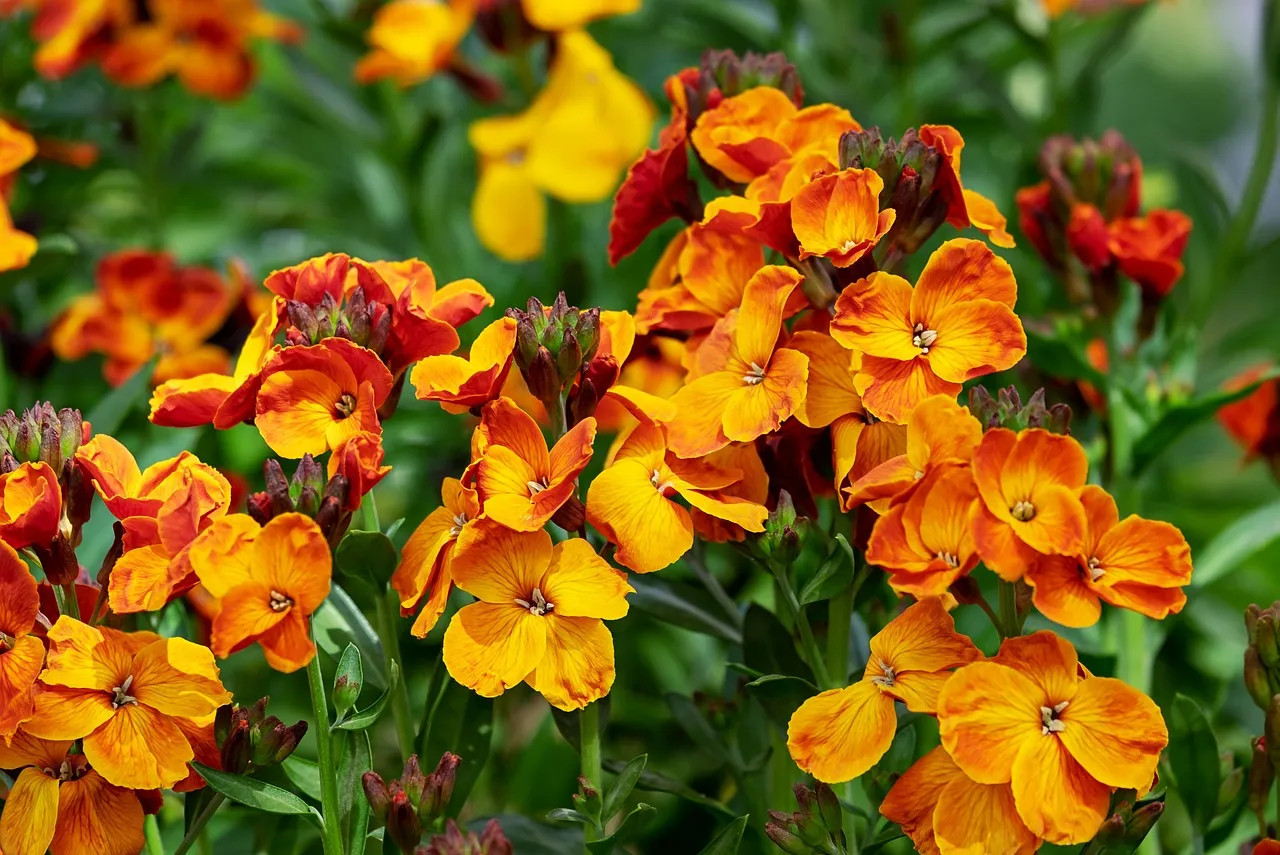
How can I overwinter my Lobelia plants for the next season?
While Lobelia is typically grown as an annual, certain perennial varieties can be overwintered for the next season. If you have perennial Lobelia species like Lobelia cardinalis or Lobelia siphilitica, you can protect them from harsh winter conditions by mulching the soil around the plants to insulate their roots. In colder regions, consider digging up the plants and transplanting them into containers, keeping them indoors until the frost danger passes in spring.
Growing Lobelia on your balcony is a rewarding and enjoyable experience. By addressing these frequently asked questions, you’ll be better equipped to create a thriving and stunning balcony garden filled with the vibrant beauty of Lobelia. Whether you have a small balcony with limited sunlight or want to attract butterflies and hummingbirds to your outdoor space, Lobelia offers a versatile and beautiful solution. With proper care, attention, and a little creativity, your balcony can become a lush and inviting oasis, graced by the charm and allure of Lobelia’s blooms.
#Lobelia #BalconyGardening #SuccessGuide”
